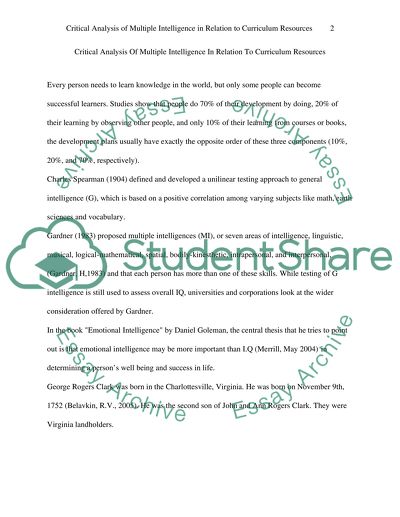Cite this document
(“Multiple Intelligence Book Report/Review Example | Topics and Well Written Essays - 1000 words”, n.d.)
Multiple Intelligence Book Report/Review Example | Topics and Well Written Essays - 1000 words. Retrieved from https://studentshare.org/psychology/1500224-multiple-intelligence
Multiple Intelligence Book Report/Review Example | Topics and Well Written Essays - 1000 words. Retrieved from https://studentshare.org/psychology/1500224-multiple-intelligence
(Multiple Intelligence Book Report/Review Example | Topics and Well Written Essays - 1000 Words)
Multiple Intelligence Book Report/Review Example | Topics and Well Written Essays - 1000 Words. https://studentshare.org/psychology/1500224-multiple-intelligence.
Multiple Intelligence Book Report/Review Example | Topics and Well Written Essays - 1000 Words. https://studentshare.org/psychology/1500224-multiple-intelligence.
“Multiple Intelligence Book Report/Review Example | Topics and Well Written Essays - 1000 Words”, n.d. https://studentshare.org/psychology/1500224-multiple-intelligence.


